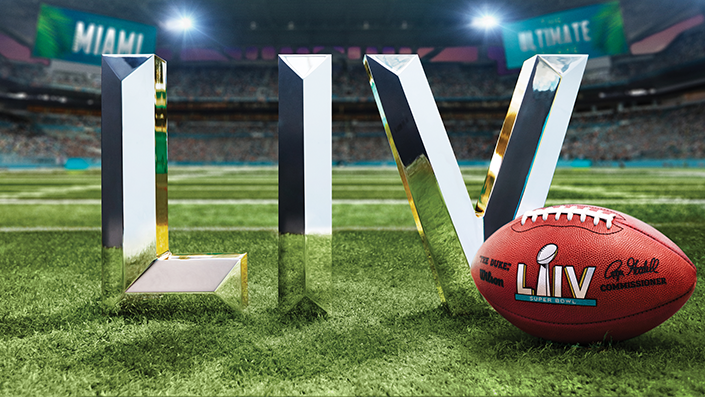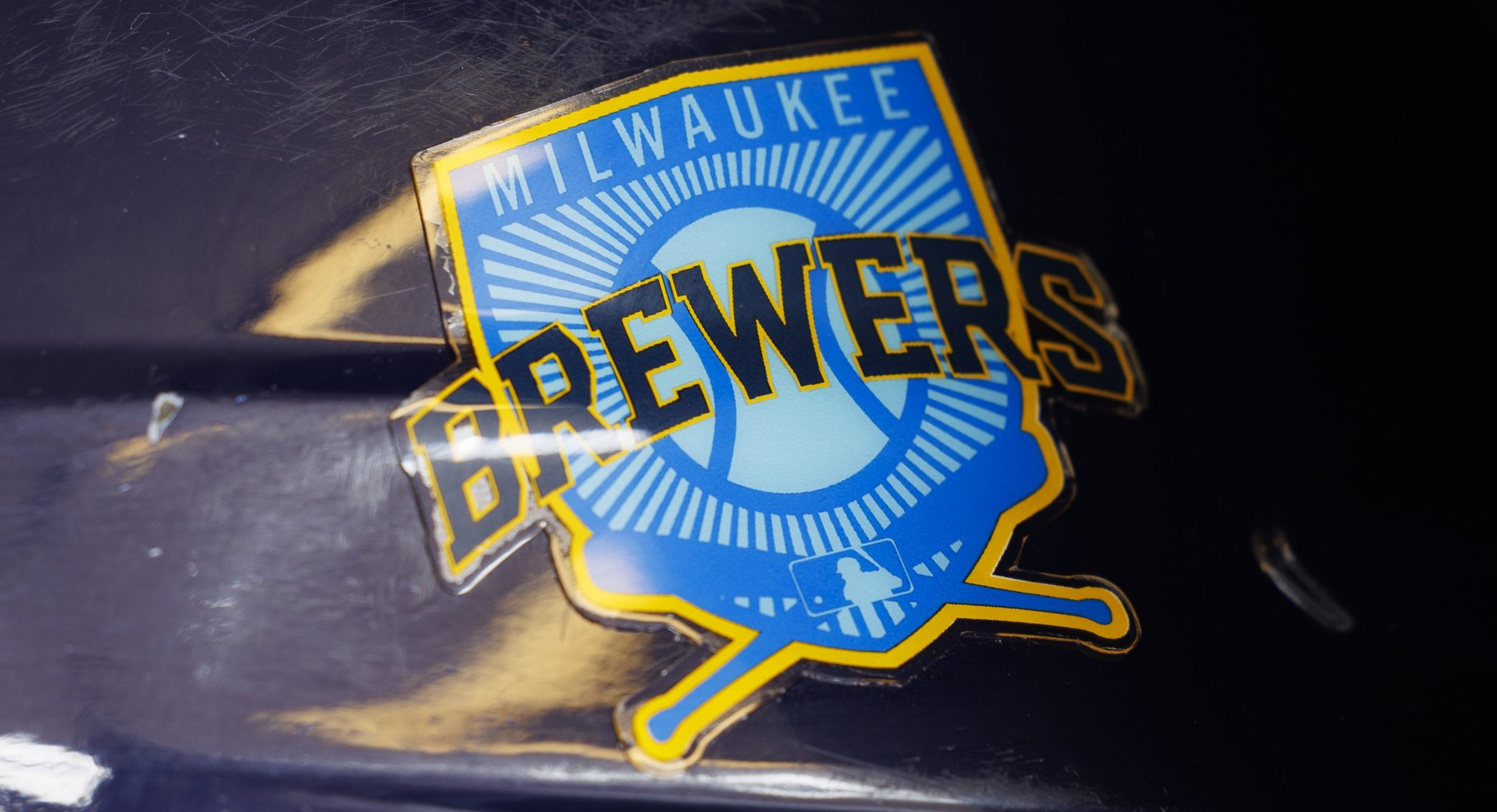With the cost of a 30-second commercial spot rising to a record $5.6 million this year, the Super Bowl continues to buck the trend in a slumping industry.
When Super Bowl LIV kicks off with the San Francisco 49er’s vs the Kansas City Chiefs at the Hard Rock Stadium in Miami on 2 February, more than 100 million Americans will watch on television. Every year, brands across all spectrums of commercial activities plow millions of dollars into creating some of the biggest and best TV commercials of the year. The aim is to create a buzz, win a place in the top 10 of USA Today’s Super Bowl Ad Meter and, ultimately, make big money. Some commercials are extremely entertaining, some are hilarious and awesome, and some are pure flops that don’t even come close to making back the money they cost the company in the first place.
The Super Bowl’s captive audience is reflected in the price that brands are charged to advertise during the event.
Commercials have become such an integral part of Super Bowl Sunday that some people, particularly younger viewers, find them more interesting than the game itself. But with Betway Sports, you could win some money on the game as well!
“You have the industry to thank for that,” says Doug Gould, a former creative director who created two award-winning Super Bowl spots for Budweiser during a 34-year career in advertising. “They looked at the amount of human beings who were watching this event and they said: ‘We have this many eyeballs at once – we should not screw this up. We should do something big. We should do something that amazes people.’”
Fox has charged up to $5.6m per 30-second slot this year, an increase of almost seven percent on the average price of $5.25m in 2019. That is amazing that the NFL is still able to procure such advertising rates for their biggest game, considering that advertising has gone done across all media platforms over the years. While the rise of streaming platforms and the implementation of SMS marketing strategies and SMS message gateways means the cost of TV advertising elsewhere is falling – 62 percent of series on the big four networks saw the cost of a 30-second spot decrease last year – the Super Bowl bucks that trend.
It’s not just because of the massive audience that the Super Bowl advertising rates are thriving and rising. The prestige of having a Super Bowl ad and being a part of the societal conversation means the big game remains lucrative even as prices are falling across the industry.
Gould continues:
“The eyeballs are primary… It’s a guaranteed audience of X million – whatever that number is going to be this year. The business of the business is the more eyeballs you get, the more you should pay. That’s the technical answer. But what else drives price? The same thing that makes us buy $150 jeans, or pay $100 for a hamburger that’s made from a particular cow in Japan that nobody’s heard of before. It’s that human element: the desire, the need to be seen, and paying for the most important real estate for the sake of saying you were there.”
With TV ad prices falling, it only follows that spending in the sector is also in decline, as companies move large chunks of their marketing budget from television to the internet and streaming services. Total spend on TV advertising decreased by almost three percent in the US in 2019, falling below 30 per ent of the country’s total ad spend for the very first time.
However, the Super Bowl, which remains the biggest and most important sports game in the land remains untouched by decline. Super Bowl ad spots usually sell out by Christmas or early January. This year, even at record prices, Fox sold all 77 spots by mid-November. That is an unprecedented amount of time, considering the fact that it’s also an unprecedented amount of money as well.
Once again, Gould weighs in on this phenomenon:
“With the rare exception of sports and tragedies now – hurricanes, volcanoes, terrorist attacks – where people are watching the news 24 hours a day, it’s harder and harder for clients to pin down a massive amount of customers. That, combined with a strong economy, gives the networks the strength of knowing that they can charge what they want and get it.”
Gould knows a lot about securing a spot in the Super Bowl only being half the battle. To make their investment worth it, companies hire the best creative minds in the country to produce a successful ad. Now working as Professor of the Practice in Advertising at Boston University, Gould helped create Budweiser’s “Respect” spot in 2002 – named the third-greatest Super Bowl ad of all-time by AdAge – and their “Replay” campaign, which topped the USA Today Ad Meter in 2003. One person hoping to make a splash at the Super Bowl this year is president Donald Trump, who has dropped $10m on a 60-second spot.
He continues:
“I think you have to have a little bit of zig when everybody else is zagging. There has to be something that feels not like part of the group, that has entertainment value. I think the stuff that sticks out is surprising in some way, but also not surprising for the sake of surprising. It has to have a purpose behind it. Also, I don’t remember seeing politicians advertise nationally at the Super Bowl before. Politics has been injected into sport in the past – if you go back to the 1936 Olympics in Berlin, and then the 1980 games in Moscow – so I guess it was just a matter of time until it found its way into the Super Bowl.”
Trump will hope his foray into the NFL pays off ahead of the election later this year. In theory, a huge, attentive audience could provide a major boost to his hopes of remaining in the Oval Office for a second term. Gould suggests that the president may, however, be wasting his money:
“I don’t think this will make a difference for him,” he says. “Most of us here in the US think that if you have an opinion already, you’re not changing it. Whatever he does at the Super Bowl is not going to change anyone’s mind.”
With the president and his rivals now clamouring for air time at the big game, it seems there is little danger of the Super Bowl losing its status as the most coveted advertising spot on TV. Gould explains once again:
“The Super Bowl is one of the few places in the universe where you know people are going to see you. They can’t skip you, they can’t fast forward, they can’t scroll down the page. Yeah, they can go to the bathroom – they’ve always been able to do that – but the importance of it has been ratcheted up. Your success in that space, if you decide to play in there, matters that much more.”







